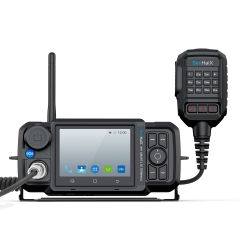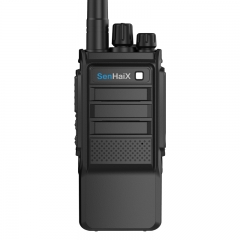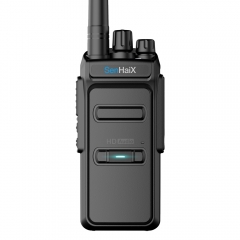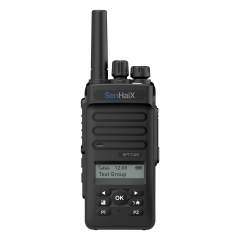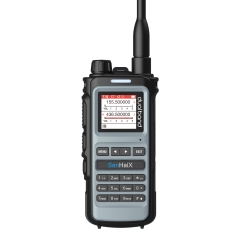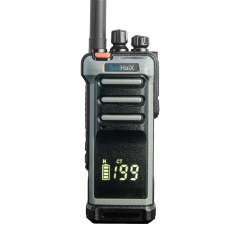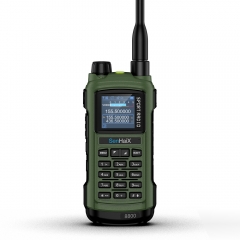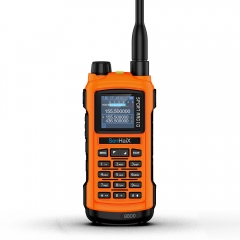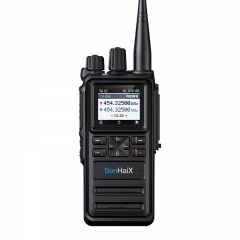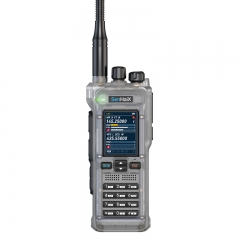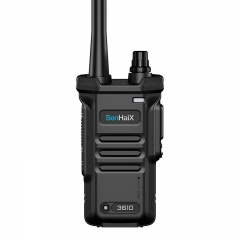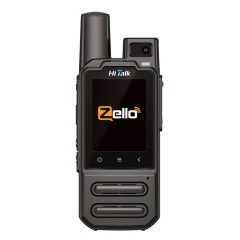Two-way radios play a critical role in extreme weather conditions by providing reliable communication when other forms of communication may be compromised. Whether it's battling severe storms, navigating treacherous terrains, or coordinating emergency response efforts, these devices prove invaluable in ensuring the safety and efficiency of operations.
Extreme weather situations, such as hurricanes, blizzards, or intense heatwaves, often pose significant challenges to traditional communication infrastructure. Power outages, damaged cell towers, or overloaded networks can render cell phones and internet-based communication unreliable or completely unusable. This is where two-way radios shine, as they operate on dedicated frequencies and are unaffected by these external factors.
One of the key functions of two-way radios in extreme weather is their ability to provide instant and direct communication, enabling quick response times and efficient coordination. Emergency responders, including police, firefighters, and paramedics, rely on two-way radios to exchange vital information, issue alerts, and orchestrate rescue efforts. By bypassing the need for centralized communication infrastructure, these radios offer a direct line of communication between teams, ensuring real-time updates and effective decision-making.
Furthermore, two-way radios used in extreme weather are often designed to withstand harsh conditions. They are constructed with rugged materials and are resistant to water, dust, and temperature extremes. This durability allows them to continue functioning reliably in the midst of heavy rain, snowstorms, or high winds. These radios typically meet stringent industry standards for ingress protection (IP) ratings, ensuring their resilience in extreme environments.
Another crucial function of two-way radios in extreme weather is their long-range communication capability. These devices can operate over considerable distances, depending on the specific model and the environment. This range enables efficient communication across vast areas, facilitating effective deployment of resources and coordination between different teams or agencies involved in disaster response.
In addition to their core communication features, modern two-way radios often incorporate additional functionalities that enhance their usability during extreme weather events. These may include emergency alert systems, integrated Global Positioning System (GPS) capabilities for accurate location tracking, and built-in weather channels to receive real-time updates on evolving weather conditions.
The flexibility of two-way radios in extreme weather extends to various sectors beyond emergency response. Industries such as construction, transportation, and utilities rely on these radios to maintain communication during extreme weather events. They enable coordination between workers, enhance safety protocols, and facilitate the rapid resolution of issues that may arise amidst challenging conditions.
In conclusion, the function of two-way radios in extreme weather is to provide reliable, direct, and efficient communication when other forms of communication may falter. Their ability to operate independently of external infrastructure, coupled with their robust construction and long-range capabilities, makes them indispensable tools in emergency response efforts and other industries affected by extreme weather. By ensuring seamless communication in the face of challenging conditions, two-way radios help save lives, streamline operations, and contribute to successful outcomes in the most extreme of circumstances.


















